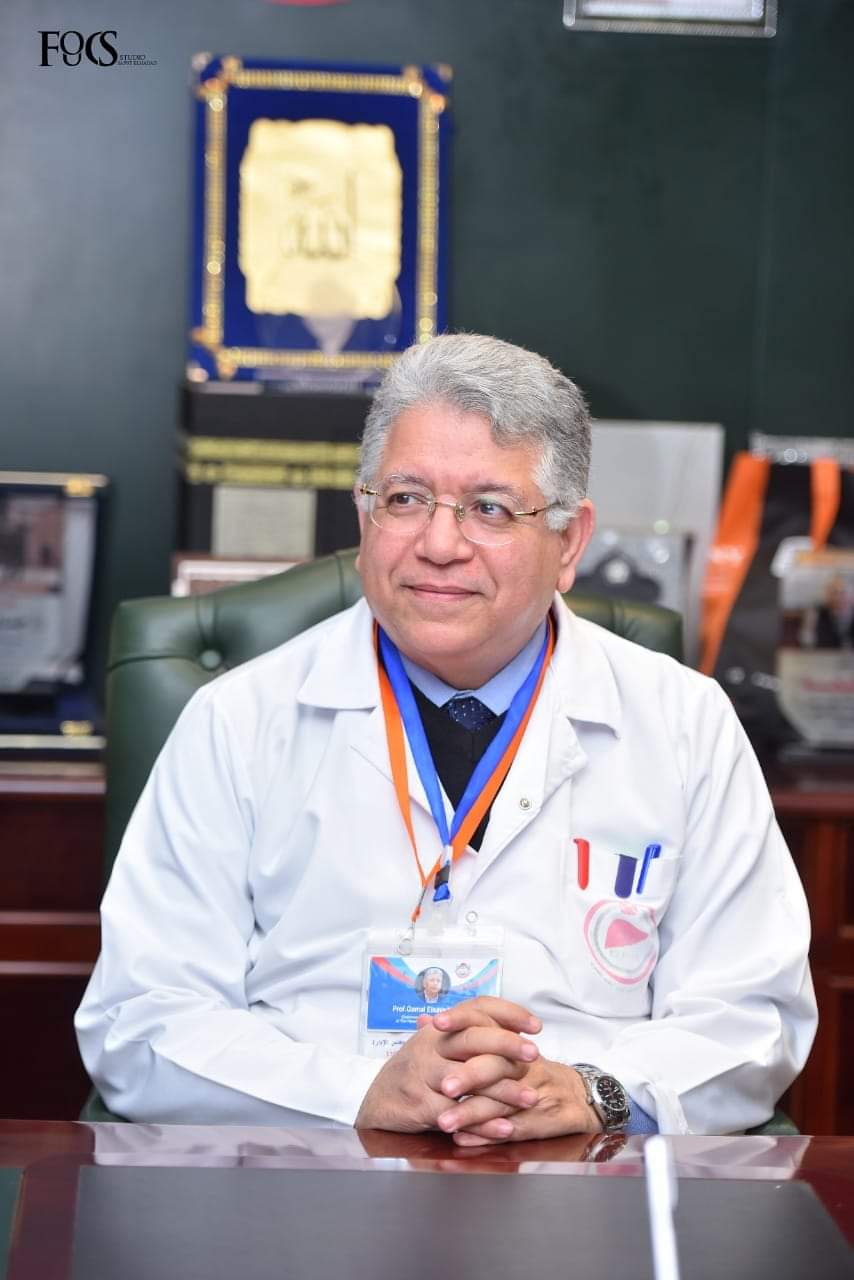
Latest news
Home // Latest news
October 2020, the Lancet Medical Journal: A new term and diagnostic method full of promise for patients with fatty liver disease
Accurate diagnosis is the most important component to achieve cure of a disease. However, this mainly depends on the nosography and precise definition of this disease. Are the current definition and diagnostic method of fatty liver disease correct?
In an important medical step, several Associations of patients’ care around the world have recommended implementing the leading approach of Prof Dr Gamal Shiha, Chairman of the Board of Directors of the Association of Liver Patients Care (ALPC), regarding the adoption of the new term and diagnostic method of fatty liver to become Metabolic associated fatty liver disease (MAFLD), instead of "non-alcoholic fatty liver disease”, the old term used to describe the disease. Thus, eliminating any reference to drinking alcohol in the name of the disease or the diagnosis, relying on a simple and more effective diagnostic method.
“The recently conducted studies clearly demonstrated that the new diagnostic method is more simple and effective in identifying fatty liver patients at risk of developing cirrhosis and complications, which will be reflected in improving the efficiency of treating patients and speeding up the pace of targeted clinical studies to discover effective treatments.” Said Dr Shiha.
He added: “This change will enable doctors in health units and rural areas to diagnose the disease easily and accurately, which will help in early detection of the disease while reducing the pressure on central hospitals as well as addressing the difficulties encountered by patients to access these hospitals.”
Fatty liver disease is the result of the accumulation of fat particles in the liver, and it is one of the liver diseases closely related to obesity and type 2 diabetes, which often results from unhealthy eating habits and lack of exercise.
The initial stages of the disease are often asymptomatic, but as the disease progresses, the liver becomes inflamed as well as greasy, which can lead to scarring and cancer. Unfortunately, the degree of awareness of this disease is exceptionally low, and most patients are diagnosed in the late stages.
The infection with fatty hepatitis is increasing remarkably in the Middle East, as it affects more than a third of the population. It is expected that Fatty Liver Disease (MAFLD) will become the main reason for liver transplantation surgeries. Therefore, experts recommended the necessity to act upon it and to include it within current policies and initiatives aimed at combating and reducing obesity, especially among children and youth.
Dr Gamal Shiha stressed this point by saying: “Fatty Liver Disease is a real health threat that looms on the horizon, not only because of the high cost of liver transplantation but also because it is closely
related to non-hepatic disorders such as cardiovascular disease, diabetes and many tumors that are the main cause of death for patients with fatty liver disease.”
"We hope that this radical change in the diagnostic method of this disease and the work recommendations of senior hepatology professors around the world will contribute to limiting the spread of fatty liver disease, reducing the number of patients, increasing awareness of its risks worldwide, and thus reducing its economic and medical heavyweight.” Concluded Dr Shiha.

